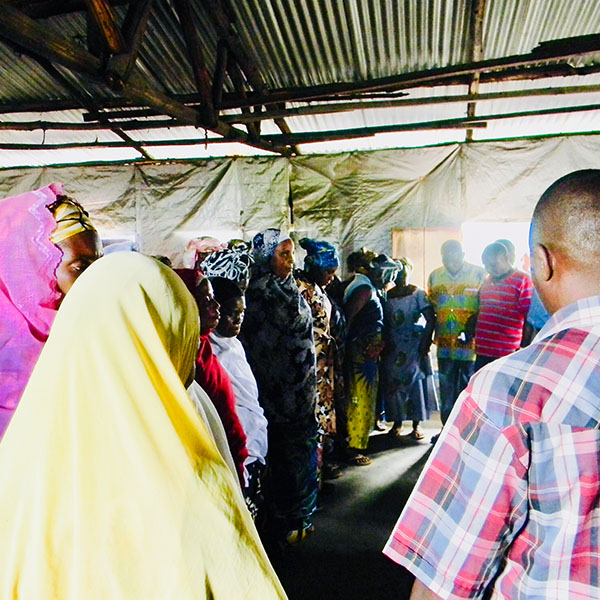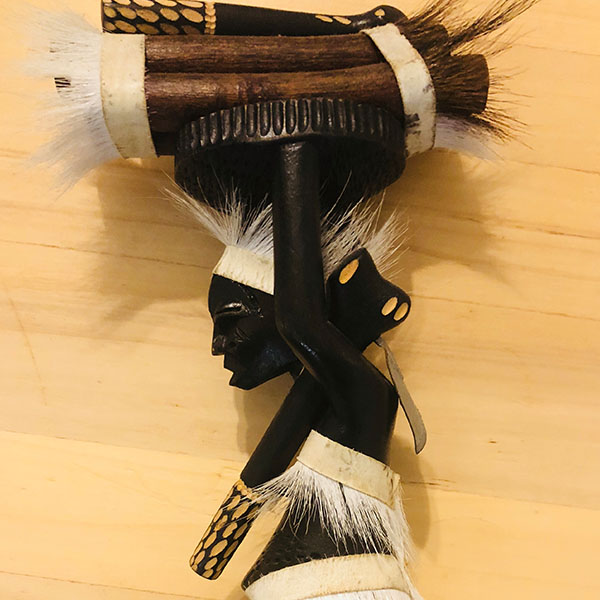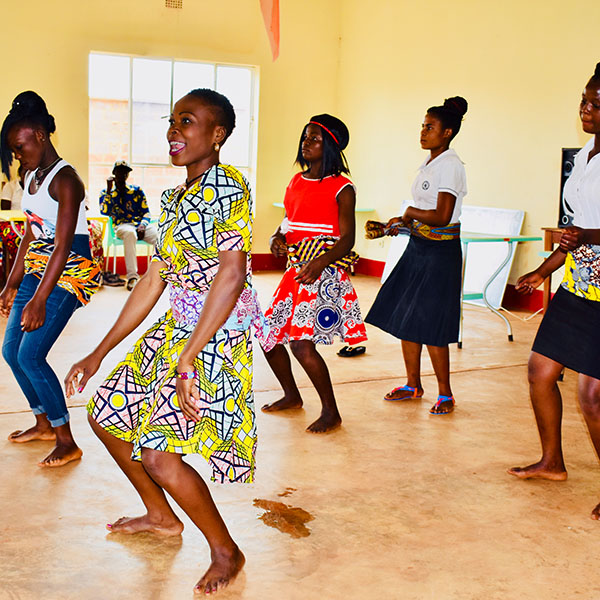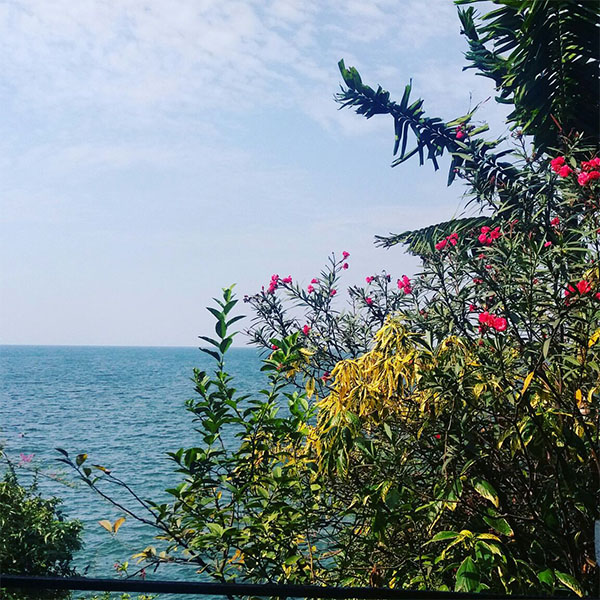
About DR Congo
Some facts about Congo:

THE LAND
Geography
Geography- The country lies on the Equator, a very narrow strip of land that controls the lower Congo River which is the world’s eighth-longest river at 2,914 miles. This river is the only outlet to the South Atlantic Ocean. An impressive dense tropical rainforest is situated in the central river basin and eastern highlands.

THE PEOPLE
People + Language
The people of DR Congo and language – More than 250 ethnic groups populate the DR Congo and speak 240 languages. French is the official language of the Democratic of Congo and four national languages are spoken in the country: Swahili, Lingala, Kikongo and Tshiluba. Many Congolese speak at least two of these four languages. The majority of the Congolese population is Bantus of which four groups derive, Mongo, Luba and Kongo peoples and Hamitic Mangbetu-Azande peoples who account for 45% of the population.

FAITH
Religion
The majority of the Congolese population are Christians, comprising 46-48% Roman Catholics, and 26-28% Protestants. Kimbanguists may represent 16.5%, and Islam has a smaller number of adherents.

NUTRITION
Food
A wide variety of crops are found in DRC. These include maize, rice, cassava (manioc), sweet potatoes, yam, taro, plantain, tomatoes, pumpkin and varieties of peas and nuts. These foods are eaten throughout the country as well as wild plants, fruits, mushrooms, honey and other foods such as bushmeat and fish are also gathered, hunted, and used in dishes.

CREATIVE
Art
Art - DR Congo art reflects the country’s ethnic diversity and customs, noticeable in the great array of sculptures, paintings and masks specific to different tribes.

Aromas
Music
Music- DR Congo is known for its particular “Rumba” rhythm, a fusion of African musical styles and Latin that came from the island of Cuba. Congolese music is widespread across central Africa and became popularized in the 1960’s when many African countries were celebrating their independence.

THE AIR
Climate
Climate- tropical; hot and humid in equatorial river basin; cooler and drier in southern highlands; cooler-cold and wetter in eastern highlands and the Ruwenzori Range; north of Equator – wet season April to October, dry season December to February; south of Equator – wet season November to March, dry season April to October.




